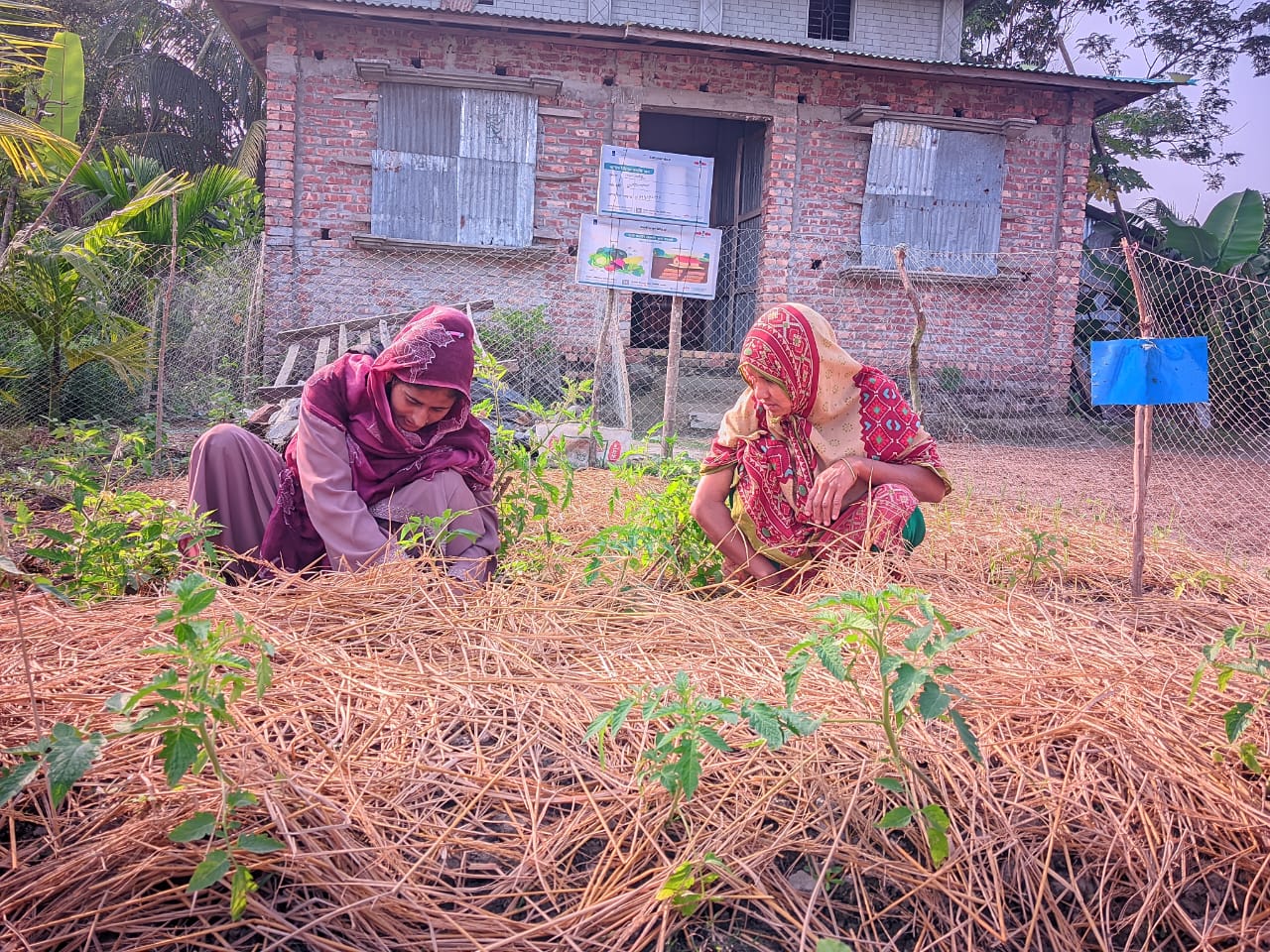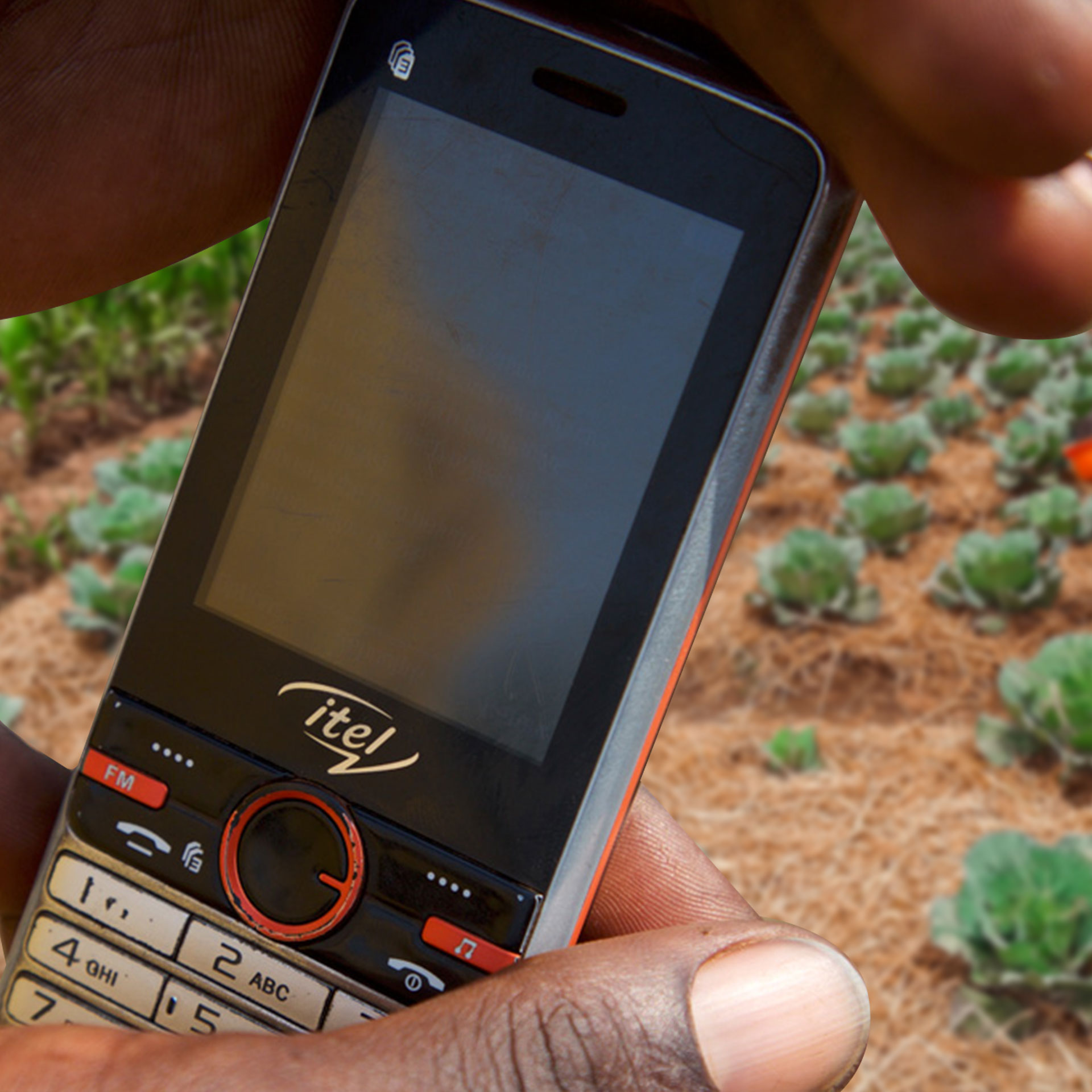Grow for Your Market
By Elijah Mwashayenyi, Head of Africa, EWS-KT.

The Business of Growing Vegetables
At East-West Seed Knowledge Transfer Foundation (EWS-KT), we know a lot about what works for smallholder vegetable farmers. Because we are out in the field every day, we see first-hand that production planning—figuring out which vegetables to grow, how many vegetables to grow, when to grow them, and, importantly, how to sell them—is a major ingredient for business success.
Four Tips for Good Market Outcomes
- Rather than focusing solely on production, look ahead to marketing your produce. While it is a good idea for farmers to put their energy towards growing their crops, since it is their core business, thinking just about production may result in generating an unmarketable product. For perishable crops such as vegetables, focusing solely on production without factoring in the market situation can lead to a season of investment and production losses.
- Consider planting crops outside their traditional growing seasons. Many farmers automatically follow established seasonal patterns for their production, irrespective of market demand. This may result in lower prices for their produce.
For example, in Tanzania, many farmers in the Kilimanjaro and Arusha regions plant a lot of cabbages, tomatoes, and onions during the long rains (March to July). At face value, this makes sense, because the weather is more favourable—except for the water on the leaves!—during that time of year. There is ample water from rainfall, and irrigation water in the many government-constructed canals is more assured.
However, such production usually results in large supplies of these products from July to September, with a resultant drop in prices.
Similarly, in Zimbabwe, vegetables like onions, cabbages, cauliflower, broccoli, and kale are mostly grown during the cool dry season (May to August), with a resultant increase in supplies and a drop in prices.
When other farmers are struggling to grow a particular vegetable, whether because of the nature of the season or some other reason, that is the time you will get the best prices if you succeed in growing it!
- Assess the market before you copy your neighbours’ past success. Farmers listen to other farmers more than they listen to anyone else. That means farmers also have a habit of following what their counterparts are doing. This can be positive, as it helps good farming practices spread. But it can also bring risks if farmers plant what their neighbours are planting without considering future market conditions. For instance, when one farmer makes good money from a crop, other farmers may follow the trend during the next growing cycle or the next year, irrespective of changes in the market.
A classic example occurred in Arusha in 2015. During the long rains the previous year, there was a shortage of tomatoes. Prices were way above average. Farmers who made a lot of money from the crop boasted to their neighbours. The following year, virtually everyone grew tomatoes during the long rain season. The market was oversupplied, and prices crashed. Frustrated by the low prices, many farmers just left their tomatoes to rot in the field.
- Ensure that there is real demand before planting novel crops. Once in a while, there are crops that are popular for one reason or another. This could be due to health advantages, other perceived benefits, or even ease of growing. I remember a time when everyone in Zimbabwe wanted to grow paprika, and a time when everyone was fascinated by ginger production. If a lot of farmers grow a popular item but there is little actual demand from customers, farmers will not get much for their crop.
Grow for the Market
If you want to grow vegetables as a business, you need to know the potential market. You need to know where it is and be familiar with its trends. And you need to think about these things before you plant your crop.
I remember an encounter during one EWS-KT field day just outside the town of Boma Ng’ombe in Tanzania. A farmer stood up to say that he had grown five acres of tomato plants and had nowhere to sell his tomatoes. He wanted our extension staff to find him a market.
Despite our best efforts to link him with middlemen who were buying tomatoes, the farmer still had a loss for the season. His mistake was growing five acres of tomatoes without first looking for a market.
This farmer had what I call the “cereal crops mentality,” where one may grow something first and think about the market later. You can get away with it with cereals because grains can easily be stored. You will not get away with it with vegetables! For vegetables, advance production planning is key.
If you want to really treat your vegetable venture as a business, there are several things you should establish before you plant your crops:
- Where is your market?
- What transport do you have to get to the market?
- Do buyers buy at the farm gate?
- What products does your market take?
- What quantities does the market require?
- When is the demand big for those products?
- What prices are offered for those products?
- Who else will compete with you to supply those products?
How Does EWS-KT Share Market Information?
Unfortunately, it’s not always easy to find the answers to all of these questions. Not every farmer has access to good market intelligence or has the capacity to carry out a proper market survey. That is one place where organisations like EWS-KT can be of assistance.
All EWS-KT Technical Field Officers in Nigeria, Tanzania, and Uganda, and across South and Southeast Asia, carry out weekly price surveys in the major markets where they are based. This information is entered into a monitoring app on their iPads. The app also calculates rate of return (profitability).
All this information is shared with farmers during EWS-KT training events and Field Days. In fact, the starting point of any cropping season training is production planning. This empowers farmers with knowledge on what to grow and when to grow it.
In addition, EWS-KT staff use social media platforms such as Facebook and WhatsApp, along with call-in radio programs, to share technical information with farmers. Farmer-to-farmer linkages on these networks can also be used to share insights on diverse farm topics, from soil and land preparation to post-harvest techniques. EWS-KT envisions that these informal communication networks will form the basis for future farmer-to-market linkages. In some countries, these networks have already created virtual and in-person collection hubs and connections between farmers and vegetable traders.
Plant What Your Market Needs
Vegetable growing should be treated like any other business: you do not start without assessing the market potential. With vegetables, you have to grow what your market needs. The perishability of vegetables makes it imperative to secure that market in advance. These are just some of the messages that we at EWS-KT are taking to smallholder farmers.




